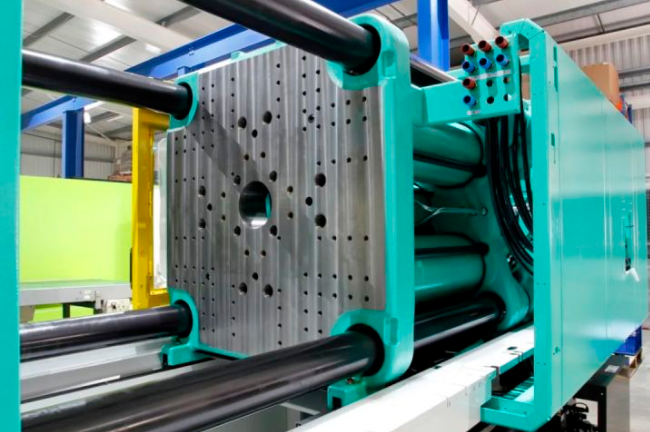When designing a part, it is best to think ahead of time about which process will be used to manufacture the model and optimize accordingly for that production process. Among them, the most common processing methods of plastic parts are CNC processing and injection molding. So how do we choose between these two processes?

Plastic CNC VS Plastic Injection Molding
CNC Machining
CNC machining usually starts with a piece of material, and after several removals of the material, a set shape is obtained. CNC plastic processing is one of the main ways of making prototypes at present, mainly processing ABS, PC, PA, PMMA, POM, and other materials into the physical samples we need.
The samples processed by CNC have the advantages of large molding size, high strength, good toughness, and low cost, and have become the mainstream method of prototype production. However, for some plastic parts with complex structures, there may be production limitations or high production costs.
Injection Molding
Injection molding is dissolving the granular plastic and then pressing the liquid plastic into the mold through high pressure, and then the corresponding parts can be obtained after cooling.
Advantages of Injection Molding
1. Suitable for mass production
2. It can process soft materials such as TPE and rubber.
Disadvantages of Injection Molding
1. The mold cost is relatively high, resulting in high startup costs. When the production volume reaches a certain amount, the single-piece cost of injection molding is low. If the quantity is not enough, the cost per piece is high.
2. The cost of updating parts is high, which is also limited by the cost of molds.
3. If the mold is composed of multiple parts, bubbles may be generated during injection, resulting in defects.
Which Process to Choose
In general, this can be seen as a trade-off between several different features. Speed/quantity, price, material, and Tolerance/Surface Finish l.
Speed/Quantity
CNC machining is faster if the number of parts is small. If you need 10 parts in 2 weeks, choose CNC machining. If you need 50,000 parts in 4 months, injection molding is the best option. Injection molding takes time to build the mold and make sure the part is within tolerance. This can take weeks or months. Once this is done, using the mold to make the part is a very quick process.
Price
Which is cheaper depends on the quantity. CNC is cheaper if producing a few or hundreds of parts. When the production quantity reaches a certain amount, injection molding will be cheaper. It should be noted that injection molding needs to share the cost of the mold.
Material
CNC machining supports more materials, especially some high-performance plastics or specific plastics, but is not good at machining soft materials. Injection molding has relatively less material, but injection molding can process soft materials.
Tolerance/Surface Finish
Again, the advantage shows up in CNC machining. For most materials, it is possible to keep tolerances tighter and get a better surface finish. One benefit of injection molding is that each batch is the same. The mold can make millions of parts without getting too worn down. This lets the parts from one batch to the next be almost the same. With CNC machining, each part is put on the machine to be made. This means that there will be more differences between the parts.
As can be seen from the above, the advantages and disadvantages of CNC or injection molding are obvious. Which processing method to choose is mainly based on the trade-off of speed/quantity, price, and material.